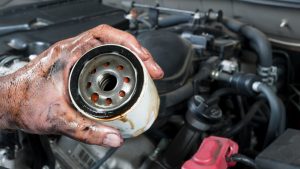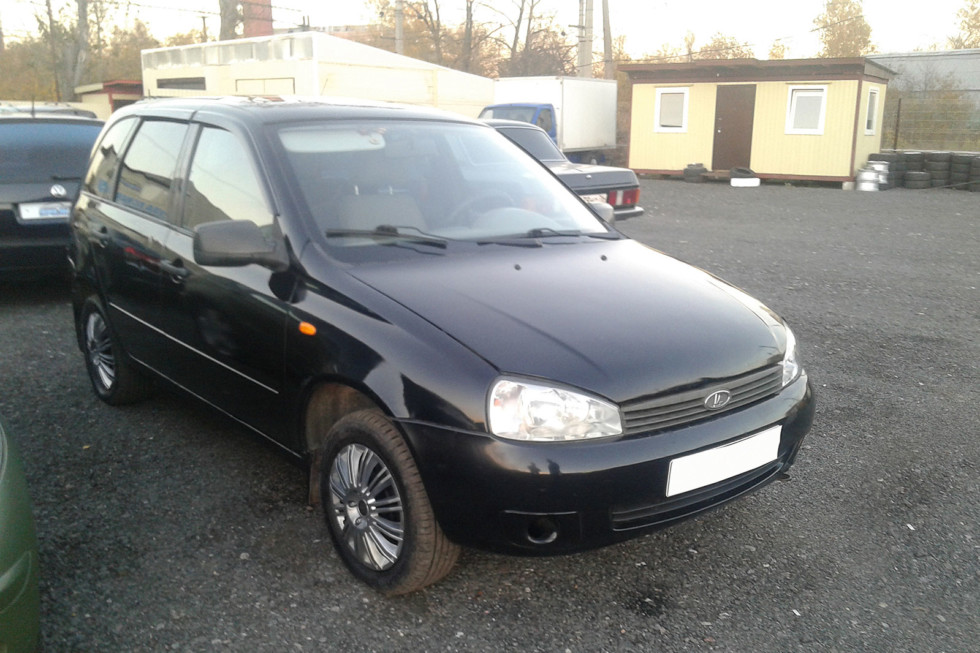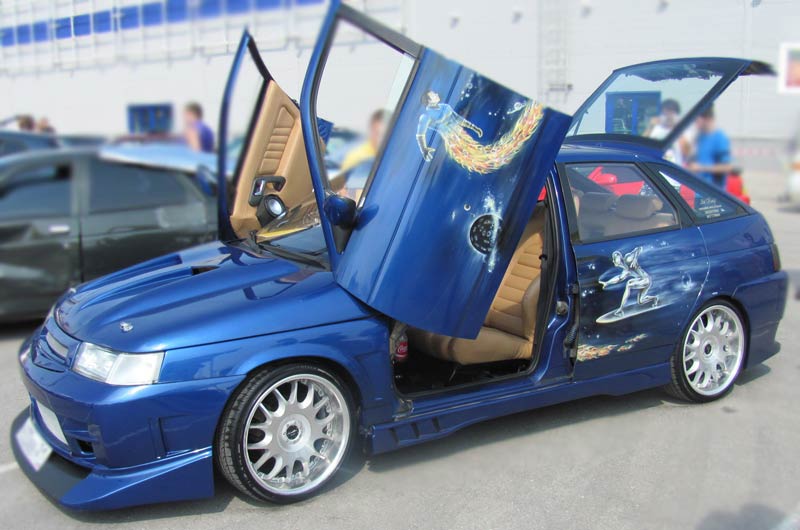Always fresh: why you can not constantly add oil instead of replacing?
 With an oil appetite of more than a liter for a couple of thousand kilometers, a normal driver thinks about piston repair, and the abnormal stops changing oil at all, limited to refilling it. Of course, in the most extreme case, the presence of oil in the crankcase is more important than its quality, but during operation it is actively changing under the influence of aggressive chemistry and wear products. Cleaning with a filter does not ensure full restoration of its quality: it changes as the very basis of the oil, which causes it to become more liquid, and it works or drops out in the form of ash and soot in the places of overheating the additives present in it.
With an oil appetite of more than a liter for a couple of thousand kilometers, a normal driver thinks about piston repair, and the abnormal stops changing oil at all, limited to refilling it. Of course, in the most extreme case, the presence of oil in the crankcase is more important than its quality, but during operation it is actively changing under the influence of aggressive chemistry and wear products. Cleaning with a filter does not ensure full restoration of its quality: it changes as the very basis of the oil, which causes it to become more liquid, and it works or drops out in the form of ash and soot in the places of overheating the additives present in it.
Topping up with new servings of oil slightly restores the amount of additives and fractional composition, but this measure is not enough for long. Quickly enough, the volume of new components is simply lost in the volume of the sludge accumulated in the engine crankcase, and the base number does not recover at all to a normal level. In addition, the crankcase works as a gravity filter, and some of the heavy and dense sediments sink to the bottom of the crankcase and are partially bound by hydrocarbon compositions. This “porridge” does not pass through the filter, but easily provides a sharp increase in the concentration of contaminants if the motor is “shaken” (for example, to increase the speed).
The oil filter, even full flow, as on most modern machines, filters far from the entire volume of oil. At high speeds or at high oil viscosity (for example, on a cold engine) a lot of oil passes through the filter bypass valve along with all accumulated pollutants, including large particles of engine wear. And this process is non-linear: getting into the bearings of wear products by orders of magnitude accelerates the wear of almost all components, from the crankshaft inserts to the motor chains, as a result of which the flow of new wear products into the oil is growing rapidly.
Of course, the oil pump itself suffers the most from it, because the oil gets into it directly from the crankcase through the simplest strainer or even without it.
Complicates the situation is also almost always practiced transition to the cheapest grades of oils with a minimum amount of additives and it is unknown how the quality of the base. And in the end, simply sticking oil scraper rings cause damage to almost all components of the engine, after which it is sometimes easier to throw it away.
It is good if the engine is maintainable, and it will not be too expensive to bring it back to life … But the new engines have a lot of components, the state of which directly depends on the cleanliness, quality and oil pressure. For example, phase shifters or systems that allow you to change the valve stroke depending on the number of revolutions of the crankshaft. In addition, the old oil evaporates more intensively and pollutes the ventilation system and intake manifold.
Will it help or not?
What good is a complete replacement? When the entire volume of oil is drained, its bottom layer in the crankcase is removed very intensively, partially even clearing the accumulated contaminants at the oil intake screen due to the high discharge rate. If the filling of fresh oil goes through the cylinder head, it washes away all the accumulated pollution with a good flow. The new portion of oil has very high washing qualities and a high alkaline number; it washes the engine well for the first thousand kilometers. All oil that has been washed away will be sent to the oil filter, and they will not accumulate in the crankcase. And at the same time it will wash through all the small mesh filters that are present in the systems of phase shifters and even in the bearings of the balance shafts.
Good fresh oil slightly restores the elasticity of aging rubber elements. Well, of course, the calculated viscosity and other tribological characteristics of such oil and their deviation from the norm during runs up to 250-400 hours, is usually within the tolerance for the motor. Old oil, even if it is diluted with a liter of new, cannot ensure compliance with tolerances.
I really hope that when the next oil change time comes, you will recall all of the above. “I recently added a few thousand kilometers,” and “all the same there is new oil, why else to change it” – this is a completely wrong position that can damage the engine very, very quickly.





